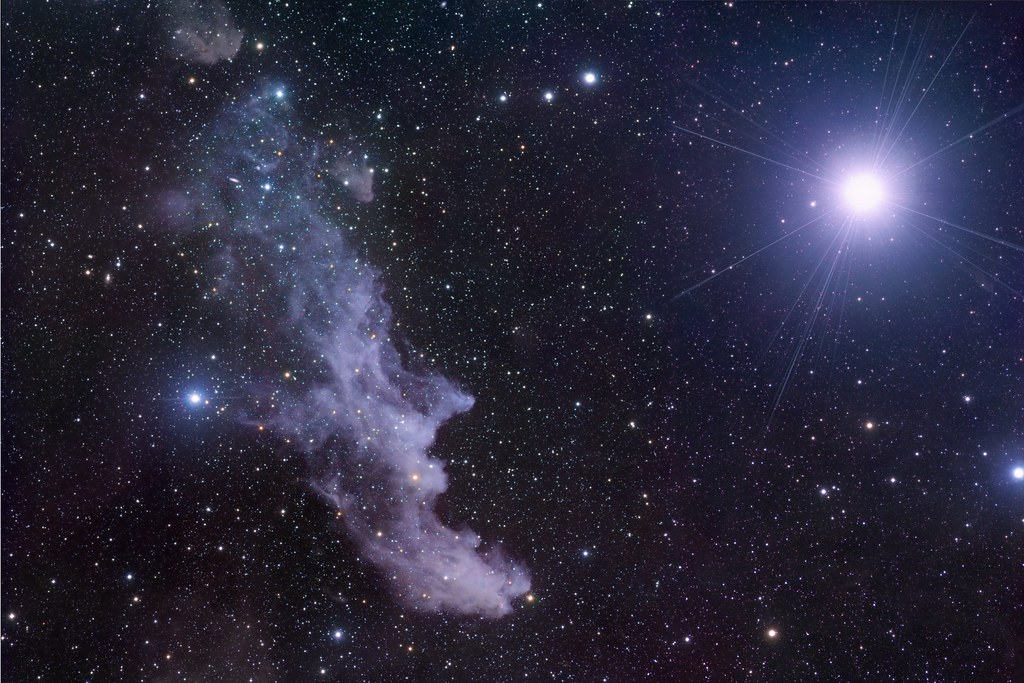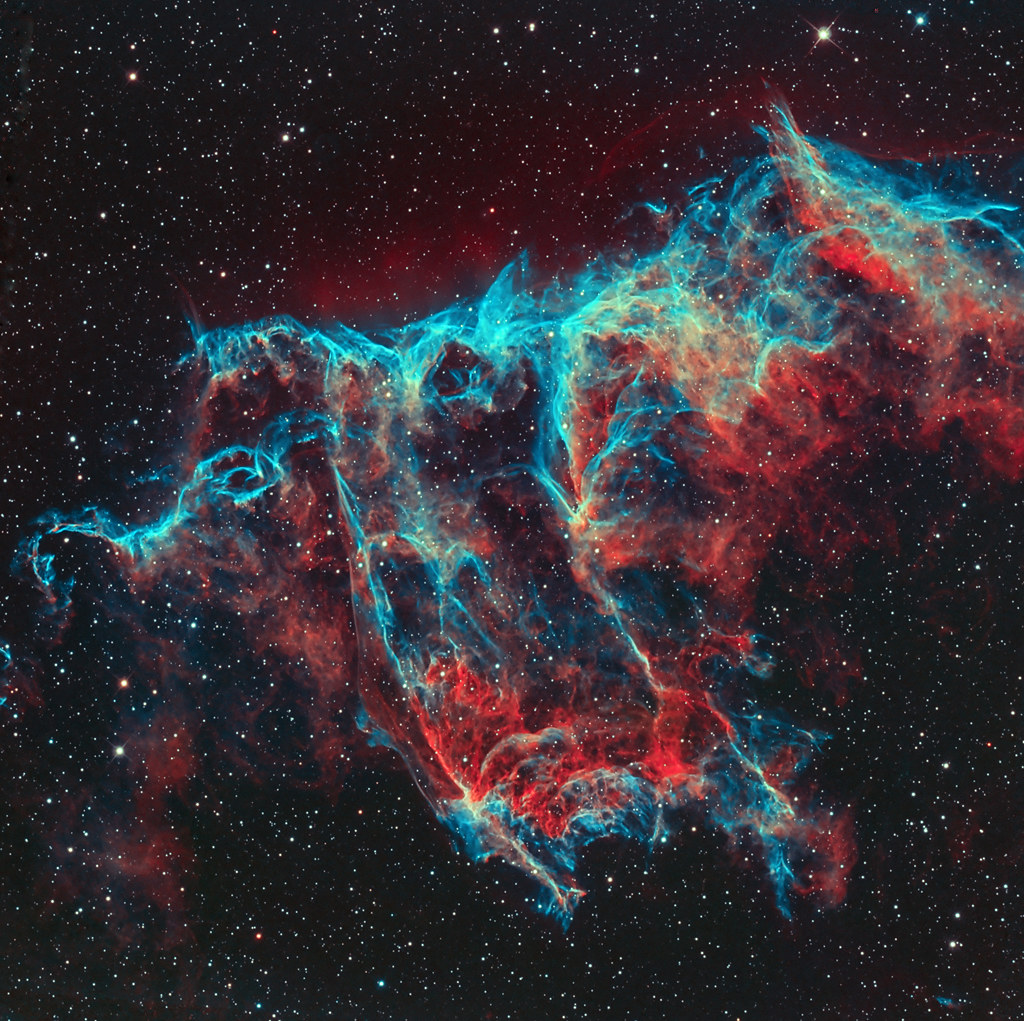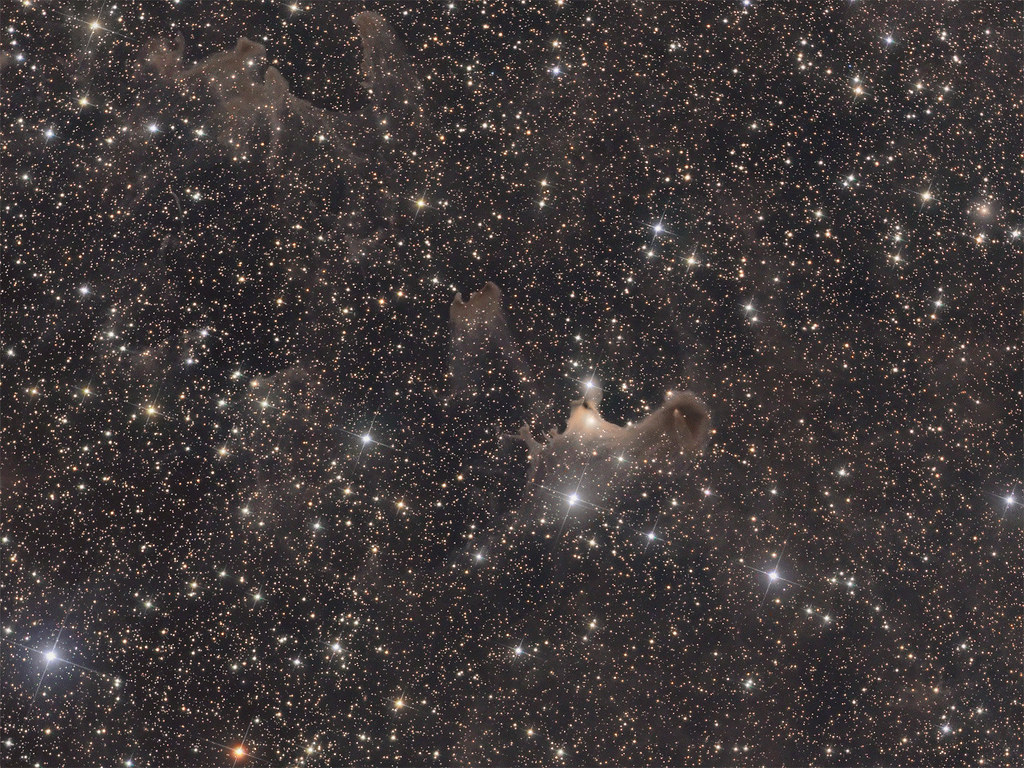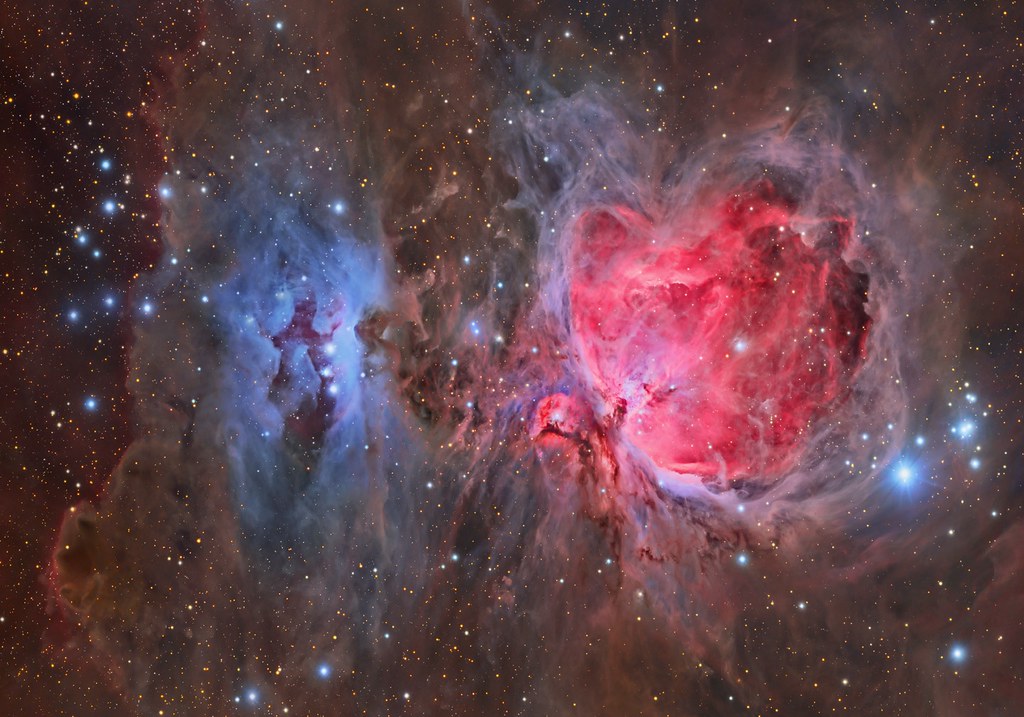WookieD
Didier Zokora
***The Official Space Thread**
Mining moon rocks, living on Mars, space elevators and pretty pictures of nebulae... Stick it in here.
I'll start off with this pretty cool article, the Japs reckon they really can make a space elevator...

A major Japanese construction company has unveiled a thrustingly ambitious project to build a space elevator by 2050.
Tokyo's Obayashi Corp wants to build a space station some 36,000 kilometres above Earth, and then run tourists up in an elevator car via a carbon nanotube pulley.
That's high. Very high. To put that number into perspective you need to know that the average passenger jet flies at 10 km, Richard Branson's Virgin Galactic will take tourists just 110km up and even the International Space Station is a mere 330 km from Earth. The Moon, however, is a whopping 350,000 km away.
The science-fiction-style project would also see solar power cells attached to the space station, which could send electricity to the ground to power the elevator. Also, a counterweight on a cable would float 96,000 kilometers above Earth.
The space station would apparently house laboratories and living spaces. The elevator car could carry up to 30 people to the station, and it would run at 200 kilometres per hour. To again put that crazy number into perspective, that's about the clip of a high-speed train, but nowhere near as fast as a Space Shuttle, which blasted off at 28,000 km/h.
That speed would also mean a seven and a half day trip to reach the station. That's 90 in-flight movies. Obayashi says it could use magnetic linear motors for propulsion of the car. That's when an alternating magnetic field causes a coil to move.
Obayashi is one of the largest construction outfits in Japan. They are the main contractor on the world's tallest self-supporting tower: the Tokyo Sky Tree. But that's only 634 metres high: 150 times shorter than the space elevator's highest point.
"At this moment, we cannot estimate the cost for the project," an Obayashi official said. "However, we'll try to make steady progress so that it won't end just up as simply a dream."
Mining moon rocks, living on Mars, space elevators and pretty pictures of nebulae... Stick it in here.
I'll start off with this pretty cool article, the Japs reckon they really can make a space elevator...

A major Japanese construction company has unveiled a thrustingly ambitious project to build a space elevator by 2050.
Tokyo's Obayashi Corp wants to build a space station some 36,000 kilometres above Earth, and then run tourists up in an elevator car via a carbon nanotube pulley.
That's high. Very high. To put that number into perspective you need to know that the average passenger jet flies at 10 km, Richard Branson's Virgin Galactic will take tourists just 110km up and even the International Space Station is a mere 330 km from Earth. The Moon, however, is a whopping 350,000 km away.
The science-fiction-style project would also see solar power cells attached to the space station, which could send electricity to the ground to power the elevator. Also, a counterweight on a cable would float 96,000 kilometers above Earth.
The space station would apparently house laboratories and living spaces. The elevator car could carry up to 30 people to the station, and it would run at 200 kilometres per hour. To again put that crazy number into perspective, that's about the clip of a high-speed train, but nowhere near as fast as a Space Shuttle, which blasted off at 28,000 km/h.
That speed would also mean a seven and a half day trip to reach the station. That's 90 in-flight movies. Obayashi says it could use magnetic linear motors for propulsion of the car. That's when an alternating magnetic field causes a coil to move.
Obayashi is one of the largest construction outfits in Japan. They are the main contractor on the world's tallest self-supporting tower: the Tokyo Sky Tree. But that's only 634 metres high: 150 times shorter than the space elevator's highest point.
"At this moment, we cannot estimate the cost for the project," an Obayashi official said. "However, we'll try to make steady progress so that it won't end just up as simply a dream."
Last edited:







